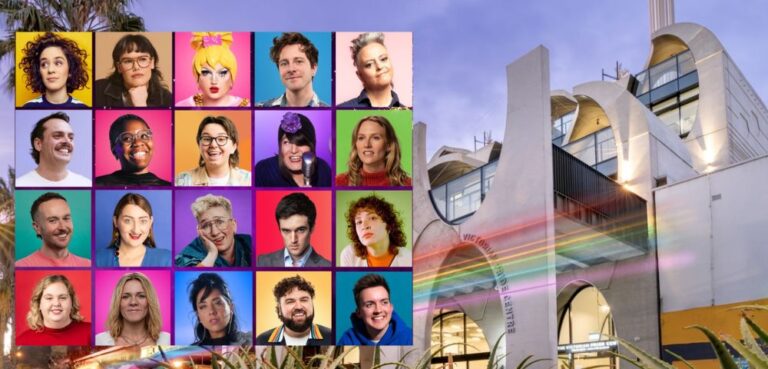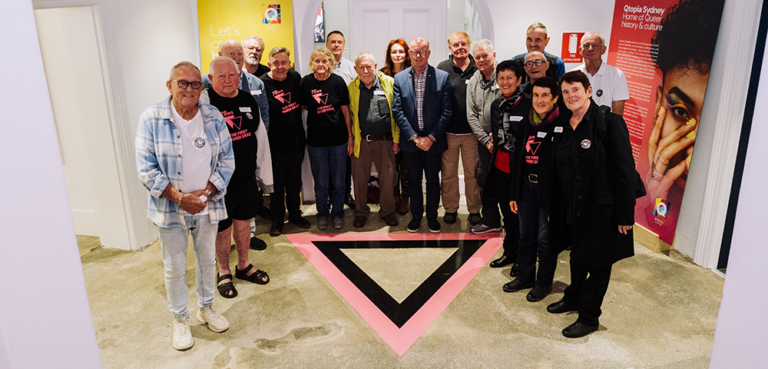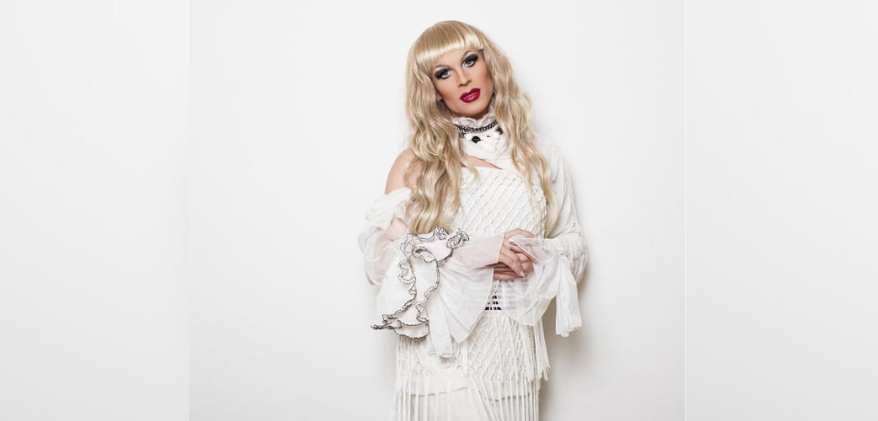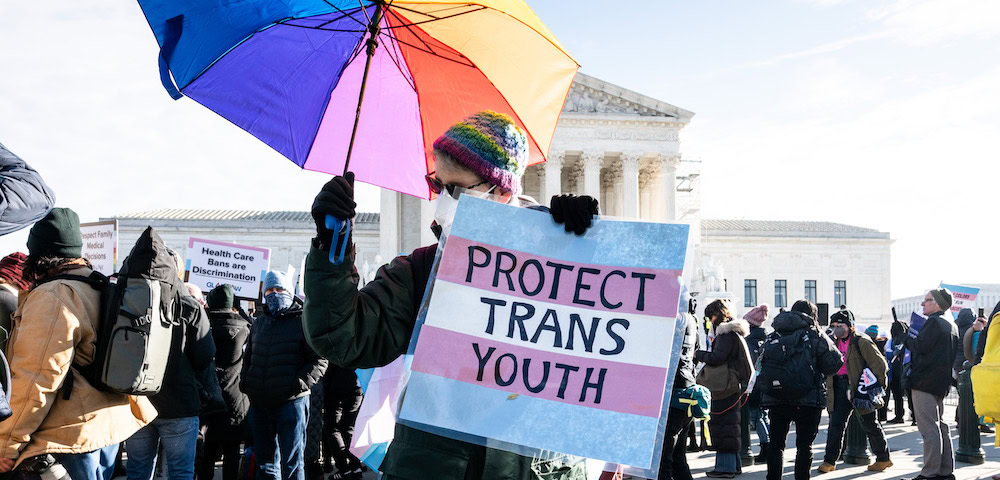
Is Vaping Queer? New Research Provides Insight Into LGBTQ Community’s Higher Rates of Vaping

Is Vaping Queer? New Research Provides Insight Into LGBTQ Community’s Higher Rates of Vaping is a op-ed by Dr Ruby Grant, a Senior Research Fellow at La Trobe University.
The air is crisp and smells of watermelon. Out on the street during interval at drag bingo, it’s quieter and easier to chat. I don’t vape, but I take the opportunity to step outside to keep the conversation going, having a drag of my friend’s vape when she offers. For a moment, we stand together, electronic smoke dissipating around us into the night.
Vaping has been on my mind ever since I started working on QSOX, a research project about substance use among lesbian, bisexual, and queer cis and trans women and non-binary people. What started out as a study about drinking and smoking quickly had to encompass vaping, as this practice has increased rapidly among LGBTQ+ communities all over the world.
In Australia, just under half of all lesbian, gay, and bisexual people have now tried vaping, with 1 in 5 vaping regularly. Studies in the US also show that LBQ women and trans people are especially likely to have vaped.
As a relatively new practice, there’s still a lot we don’t know about vaping. Initially introduced to support smoking cessation, it is less harmful than smoking, but still poses a range of risks to respiratory, cardiovascular, and oral health. We also don’t know much about people’s lived experiences of vaping, particularly in LGBTQ+ communities.
This is a problem because understanding why people vape, how they feel about it, and what it means to them, will help to develop better information and supports for people who want to quit or reflect on their use. This is also a problem because it seems that vaping may be particularly appealing to some LGBTQ+ people, but we don’t really know why – is there something ‘queer’ about vaping?
Between 2023-24 our team of researchers at the Australian Research Centre in Sex, Health, and Society at La Trobe University interviewed 60 LBQ women and non-binary people three times over the course of the year. We heard from people from all walks of life, with different experiences of drinking, smoking, and vaping.
Over the year, we followed their many and varied journeys with substance use. Some were trying to quit or cut down, some were happy with where things were at for them, and others had things change in their lives that shaped their use in different ways. The stories our interviewees told us provide a glimpse into what vaping can mean to LBQ women and non-binary people.
It is common for substance use in LGBTQ+ communities to be explained as a way of coping with the mental health challenges that we face because of stigma and discrimination. Drinking, smoking, and using other drugs can be familiar ways to self-medicate during stressful times in our lives or when we’re going through something.
Lots of LGBTQ+ people talk about drinking or taking drugs when they first come out. This can be a rite of passage (your first Mardi Gras) or a way to cope with stress (your first queer break up). LGBTQ+ people vape for similar reasons – whether it be having a breather between stressful tasks at work, stimming, or an excuse to have a break from social situations that make you anxious – but this wasn’t the whole story.
Just like drinking or smoking, vaping can be something shared with friends or lovers – our study participants often talked about bonding by trying other people’s vapes, just like I have. One participant, let’s call her Andrea, told me: “The first time I had a vape, I was on the dance floor at [nightclub] on Oxford Street and a drag queen handed me a vape. You don’t say no in that situation, you say thank you.”
Others, particularly trans women, talked about the role that vaping could play in expressing and affirming their gender, for example, Candy shared that “before I transitioned I’d pick the tobacco flavour, masculine flavours, but now it’s all watermelon and rum punch.”
Another participant, Joan, thought that some vape flavours could be seen as “queer coded” and can be a way for queer women to signal their identities to others. All of this may point to vaping as a ‘queer’ practice – not just something that LGBTQ+ people do, but part of queer community cultures and identities. As one participant put it: “vaping is the queer smoking.”
But not everyone we spoke to agreed. In a world where tobacco and nicotine have been predatorily marketed to LGBTQ+ communities, to the detriment of our health, some of our participants were sceptical about seeing vaping as cool or an expression of queer identity. Several had experienced poor health because of vaping, and many shared the struggles they had faced when trying to quit. Some even felt embarrassed about their vaping and thought that people can be unsympathetic towards those who vape.
This is a concern because if health messaging shames people for vaping, it may disproportionately impact groups who are more likely to vape – further stigmatising already marginalised communities. For example, across our study, trans women and non-binary people were more likely than cis women to keep vaping. This shows that some of the most marginalised members of our communities may bear the brunt of policies that inadvertently punish rather than reduce harm.
LGBTQ+ people are not inherently unwell, nor is substance use inevitable or the only way we know how to cope. While vaping can be one way that people get by, and can be enjoyable and meaningful for some, LGBTQ+ people are good at supporting each other to live our best lives.
Research has shown that quitting smoking improves people’s overall mental health – the same is likely true of vaping. Many of the people we spoke to who wanted to quit had drawn support from their friends and families – whether it was just being a sympathetic ear, not letting them borrow their vape, or making a collective effort to quit together, the people around us can make all the difference.
There’s still more we need to know about vaping in LGBTQ+ communities. But it’s not just about addiction or harm—it’s about identity, belonging, and the small rituals that shape our lives. Whether it’s sharing a vape on a dancefloor or refusing one in solidarity, these moments remind us that health isn’t just about individual choices but about the communities we create.
If we want to support LGBTQ+ people in making informed decisions about vaping, we need approaches that recognise both the pleasures and the challenges it brings—without stigma, and always with care.
For more information or to read articles from the QSOX study, click here.
Dr Ruby Grant (she/her) is a Senior Research Fellow at La Trobe University’s Australian Research Centre in Sex, Health and Society, where she co-leads the LGBTIQ+ Health and Wellbeing research theme. Read more about Ruby’s work here.









